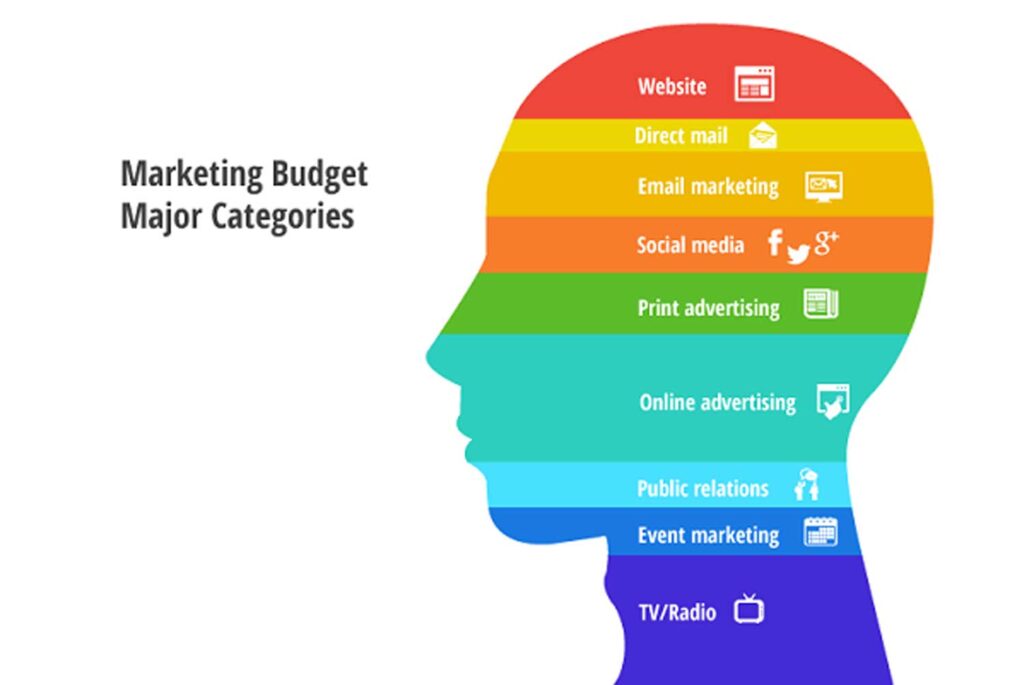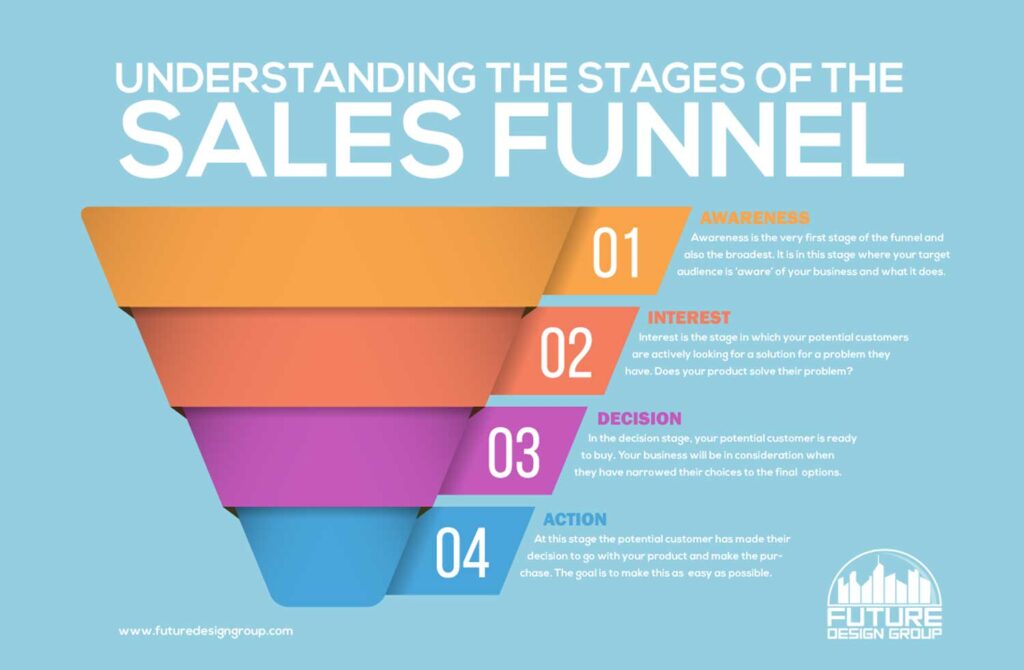
How to Set a Marketing Budget for Small Business
Marketing is critical for the overall success of any business. To effectively reach your goals while maintaining financial health and stability, you must set a marketing budget for small business.
Whether you plan to invest in content marketing to increase advertising revenue or use digital marketing to grow page count, you must know how much you can afford to spend and continue to make a profit. As businesses recover from a global pandemic, marketing budgets are beginning to climb, with more than 14% of businesses increasing their marketing spend. Nevertheless, money and resources are finite, and it’s important to understand how best to allocate your funds for continued growth and success.
Keep reading to learn how to set a marketing budget for small businesses that will enable your newspaper and magazine printing business to thrive.
Key Takeaways
- A marketing budget sets parameters for important business decisions.
- Knowing how much money you can spend enables you to prioritize your efforts for the most efficient marketing approach.
- From assessing your need to setting goals, you can create an effective marketing budget for your small business in just five steps.
Why Is a Marketing Budget Important for a Small Business?
When developing an effective marketing strategy, the possibilities are seemingly endless. You can choose from the following:
- Digital marketing
- Content marketing
- Brand marketing
- Mobile
- Billboards
- Television and radio
- Print ads
Most businesses implement an omnichannel approach, combining these options to maximize reach and capture market share. A marketing plan is driven by numerous factors, including audience needs, company goals, and financial limitations.

To ensure your company is spending efficiently and making marketing decisions that will generate a higher ROI, you must know what funds you can work with and how to maximize your marketing dollars. Even companies with small marketing budgets can capitalize on effective marketing opportunities to help promote their business and grow a consumer base.
A marketing budget sets parameters and guidelines for important business decisions. Not only will it help shape your marketing approach, but it can also cause you to seek ways of lowering the cost of doing business. This focus can lead to innovative and creative solutions to trim the fat in other areas of your operations. It can also help propagate unique ideas to grow small newspaper revenue.
When you know how much money you have to work with, you can prioritize your efforts and create an effective and efficient marketing strategy that delivers the best results for your business.
5 Steps to Creating a Marketing Budget for Small Business
It’s important to set a marketing budget to track your expenses and maintain a healthy financial balance to avoid under-spending or over-spending. Here are five steps to creating a marketing budget for a small business.
Step 1: Assess Your Need
First, you must look at where you are in your small business journey. A business just starting has no following, so it will need a larger marketing budget up front to help build a brand identity, spread the word about the business, and grow brand awareness.
Meanwhile, an existing business with a logo and brand identity that has already connected with an audience and is maintaining its presence can probably leverage a smaller marketing budget. Assess your journey and determine your marketing needs for your particular circumstances.
Step 2: Map Out Your Sales Funnel
Your sales funnel is an individual’s steps to becoming your customer. The sales funnel typically consists of these phases:
- Awareness: prospects are just learning about your business and your solutions.
- Interest: findings from their research of your particular offerings intrigue them.
- Decision: an individual determines whether they’ll purchase from your company.
- Action: they either convert or walk away.
Put yourself in your customers’ shoes and walk through your sales funnel. Learn how people initially discover your brand. Identify the information they need to feel confident in purchasing with your company. Determine what factors most importantly impact their purchase decision.
All of this information can help you understand which of your marketing efforts are working or could possibly work. Then you can see how much you’re spending on those approaches and what areas you could cut back to save money for other, more effective efforts.

Step 3: Identify Income and Outgo
To accurately determine an effective marketing budget for a small business, you must determine your income and outgo. Figure out how much money you’re bringing in with revenue and how much you’re spending on operations. Essentially, you need to know what it costs to run your business.
Once you realize what things like sales tax, outsourcing fees, content development, and web hosting are costing you, you’ll have a realistic idea of what kind of money you have to work with for your marketing budget.
Step 4: Set Goals
Determine what you want to achieve with your marketing efforts. Identify how much revenue you need and determine the number of sales it would take to meet that goal. Then, pinpoint the number of leads it would take to convert for that sales goal.
Whether your goal is to increase revenue or drive more traffic to your website, set clear goals for your marketing efforts. You can then decide what marketing approach would help you reach those goals and what those steps would cost. From there, you can prioritize your goals and the steps you’ll take to reach those objectives without under or over-spending.
Whatever goals you set, you must track your progress to determine whether your efforts are helping you meet those targets and what areas of your approach need improvement for the best results.
Step 5: Create a Plan
Use the information you’ve gathered in the previous steps to determine what it will cost to reach your goals, which marketing tools would be most effective, and what your target audience needs and expects to become a customer.
Put a price tag on these aspects and prioritize your efforts by impact and cost. Choose marketing tools that would be most effective while also staying under budget. The following video provides additional tips on how to create an effective marketing budget:
Regardless of how you create your budget, as your marketing campaigns progress, you can use analytics to make any adjustments along the way. After all, your marketing plan isn’t set in stone. You can make changes at any time to maximize performance and ensure the most positive outcome for your small business.
Create a Marketing Budget for Small Business
BOOM Communications delivers marketing and advertising solutions that help generate more revenue and conversions for your small business.
Contact BOOM Communications today to learn how we can help you set an effective marketing budget for small business.
